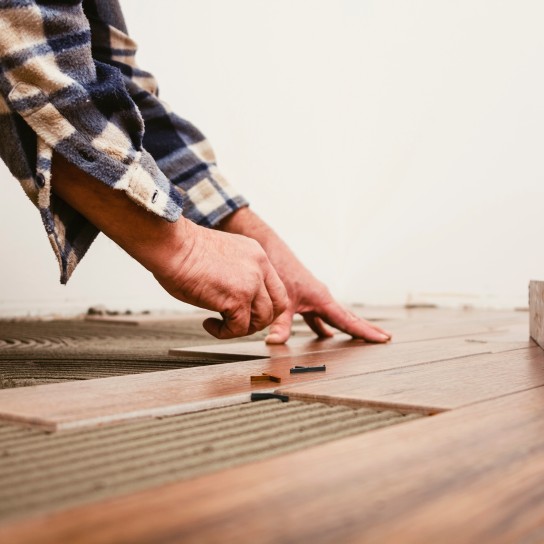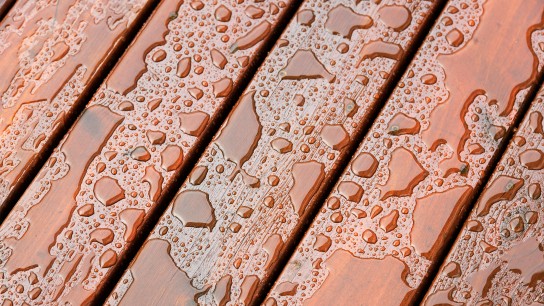Vinyl tiles typically come in 9-inch or 12-inch squares and can look like ceramic, stone or marble when installed. They are easy to install and may use a peel-and-stick application method. The adhesives used are typically based on vinyl as well to maximize adhesion and maintain the durability and physical properties of the vinyl flooring product. Vinyl planks come in rectangular pieces and look similar to hardwood. They come in various sizes and thicknesses and use one of a range of installation methods. No matter which variety, vinyl flooring is made up of various raw materials and chemicals. All vinyl flooring has certain elements in common, but depending on the desired qualities, the composition of various pieces may vary. The manufacturing methods used may differ as well.
In this article you will learn:

